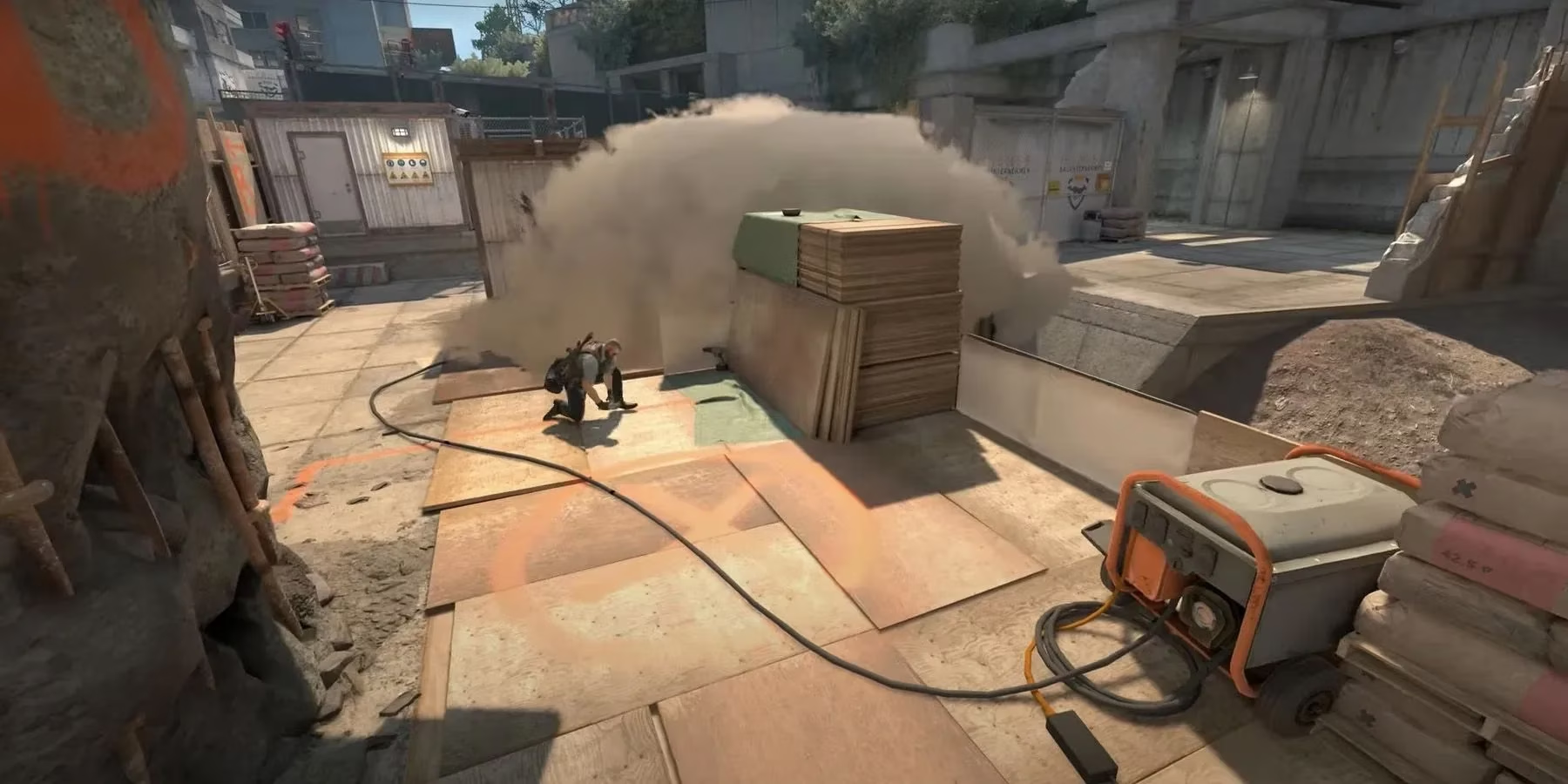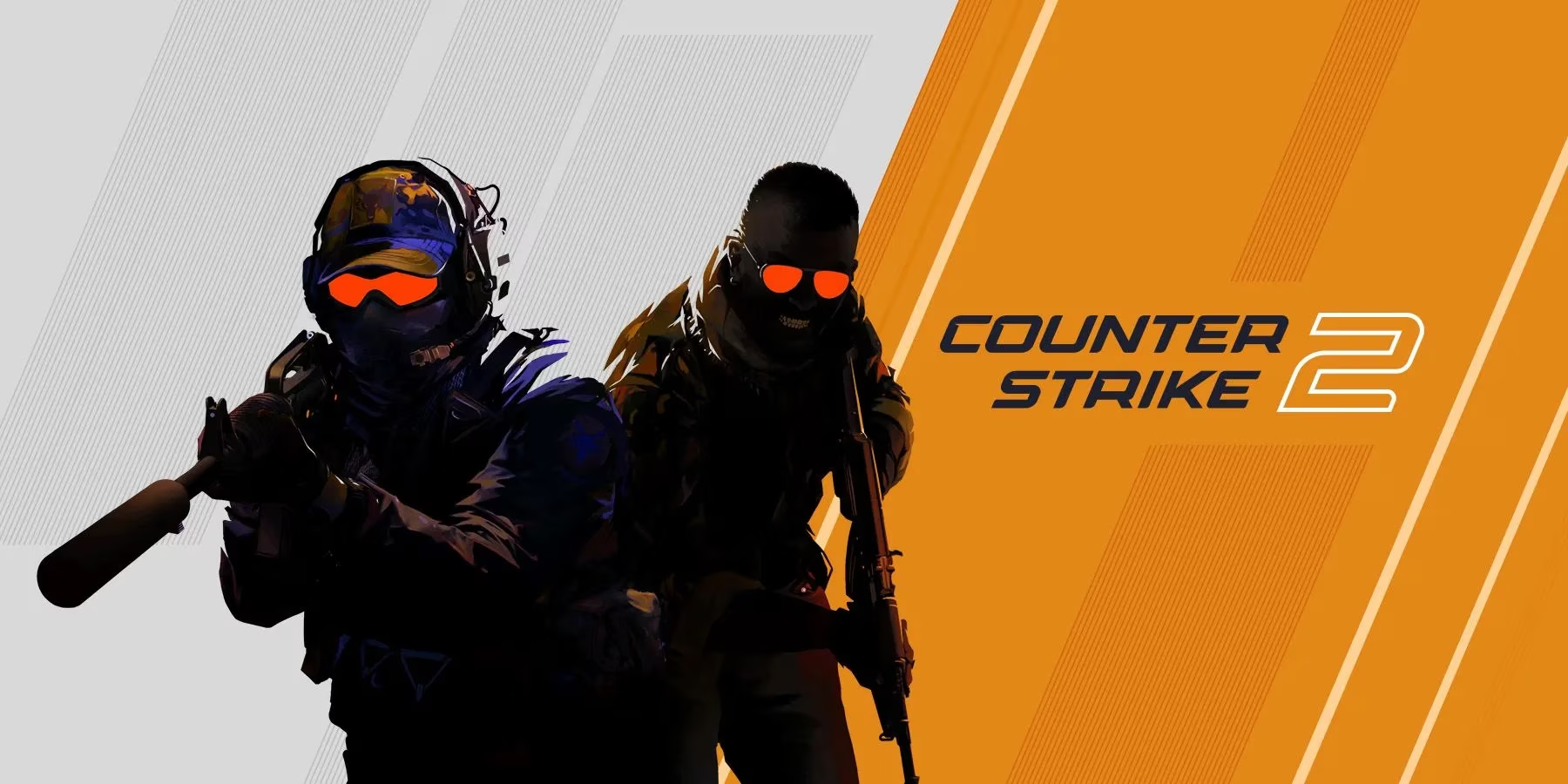Explore the controversial shift in gaming with Counter-Strike 2 and Overwatch 2, transforming sequels into mandatory updates that challenge preservation and player choice.
The gaming landscape has witnessed a seismic shift in how developers approach sequels, with Valve's Counter-Strike 2 and Blizzard's Overwatch 2 pioneering a controversial model. Instead of releasing standalone successors, these titles arrived as mandatory updates that completely overwrote their predecessors. This approach erases gaming history and eliminates player choice, forcing entire communities onto new platforms whether they're ready or not. As we enter 2025, this replacement strategy continues sparking heated debates about preservation, consumer rights, and the definition of true sequels in the digital era.

Overwatch 2's Controversial Blueprint
Blizzard's sequel strategy set a troubling precedent that shocked the gaming world. By completely replacing the original Overwatch servers upon launch, the developer effectively erased a genre-defining title from existence. Players expecting substantial new content were met with:
-
Abandoned PvE story missions that were initially marketed as the sequel's core innovation
-
Aggressive monetization replacing the original's loot box system
-
Years of minimal updates to the original game during Overwatch 2's development
The community backlash was immediate and sustained. What stung most was the irreversible deletion of the original experience - a complete departure from gaming traditions where classics like StarCraft: Brood War or Age of Empires II remained accessible alongside newer iterations.
Counter-Strike 2's Inheritance of Controversy
Valve followed Blizzard's playbook by branding what many consider a major patch as a full sequel. Counter-Strike 2 automatically replaced Global Offensive on every player's system, making the decade-old phenomenon completely inaccessible:
| Aspect | Player Expectations | Reality |
|---|---|---|
| Game Preservation | Continued access to CS:GO | Permanent deletion |
| Technical Improvements | New engine features | Glorified visual update |
| Legacy Content | Classic maps unchanged | Significant alterations |
This replacement strategy sparked outrage among competitive players and modding communities. Tactics honed over thousands of hours became obsolete overnight, while beloved workshop content vanished without warning. The update-as-sequel model fundamentally disrupted Counter-Strike's ecosystem in ways traditional sequels never would.
People Also Ask: Understanding the Replacement Dilemma
- Why can't developers maintain both versions?
Technical limitations are rarely the true barrier. Maintaining legacy servers requires minimal resources compared to new development, as proven by games like Team Fortress 2 running concurrently with newer Valve titles. The decision appears driven by forcing player migration and eliminating fragmentation.
- What happens to purchased content when games get replaced?
In both Overwatch 2 and Counter-Strike 2, players lost access to certain cosmetics and items despite previous purchases. While some content transferred, the replacement model effectively devalues player investments overnight.
- Could this become standard practice?
Early indicators suggest yes. Call of Duty: Modern Warfare 3 (2023) faced accusations of being an overpriced expansion rather than a true sequel, though it stopped short of deleting its predecessor. As live-service models dominate, publishers increasingly view legacy versions as threats to player retention metrics.

The Ripple Effects Across Gaming
This paradigm shift impacts more than just players. Content creators see years of tutorials become obsolete overnight. Tournament organizers must rebuild competitive rule sets from scratch. Even game historians face digital preservation challenges as playable versions disappear from official channels. The replacement strategy also establishes dangerous precedents:
-
🚫 Erasure of gaming heritage: Landmark titles vanish from accessible history
-
💸 Devaluation of ownership: Purchased games become temporary licenses
-
⚖️ Imbalanced power dynamics: Players lose negotiation leverage with developers
Major studios monitor these experiments closely, with EA's FIFA rebranding to FC 24 and Ubisoft's Assassin's Creed live-service model showing similar tendencies. The economic appeal is undeniable - forcing migration boosts engagement metrics and microtransaction revenue overnight.
Preserving Gaming's Future Legacy
As technology evolves with cloud streaming and AI-powered development, the replacement debate grows more complex. Games increasingly function as evolving platforms rather than static products, yet this shouldn't necessitate destroying previous iterations. Community preservation efforts have emerged through projects like CounterCraft (CS:GO emulators) and Overwatch Classic private servers, though these exist in legal gray zones.
The fundamental question remains: Should developers retain ethical responsibility for maintaining access to gaming milestones, or has the industry permanently shifted toward disposable experiences? With 92% of classic games already considered endangered according to the Video Game History Foundation's 2024 report, every replacement sequel accelerates digital extinction.
If this model proves financially successful long-term, will players eventually accept the permanent deletion of beloved games as normal industry practice?
Comments